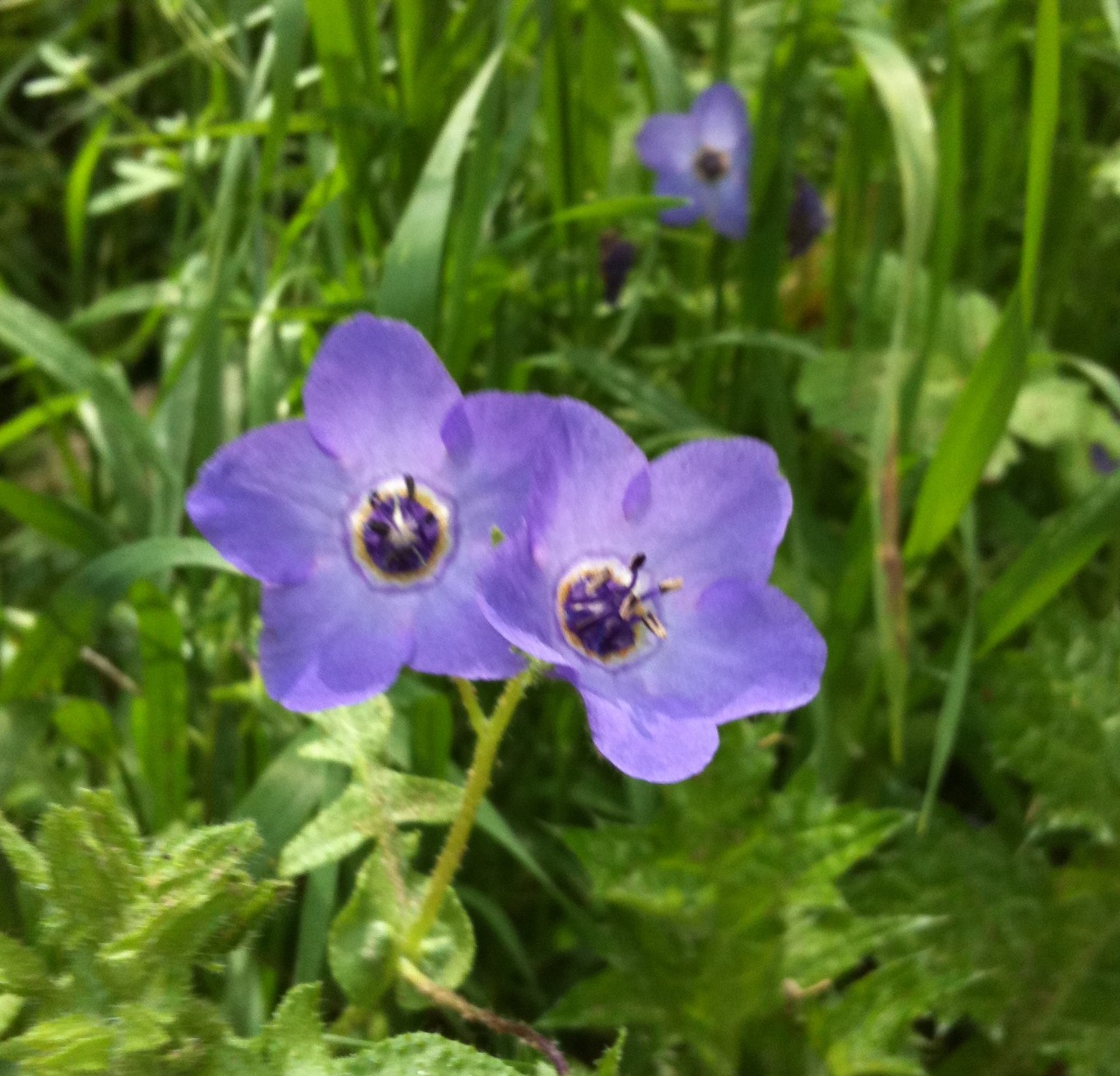
Though I’ve always loved learning about wild foods and how to eat from Mother Nature’s smorgasbord, I’d fallen out of touch with that passion. It wasn’t until I signed up for a free course at the adult education center that I was reacquainted with this healthy pleasure. And though I was quite familiar with the plants and trees of New York State, I had much to learn about my new, green and leafy neighbors of California. 
When I lived back east, I was always excited with the arrival of spring as when my unenlightened neighbors were spraying toxic chemicals on their lawns, I was harvesting all of the delightful “weeds” from my lawn. Nothing felt better to my body than to collect dandelion flowers, grape and strawberry leaves and other such delicious, native edibles for my daily salad. They were filled with fresh nutrients and tasted especially delicious as I’d harvested them myself.
What was especially exciting was to watch the transformation of a friend, who was also taking the course. A chiropractor and natural doctor by trade, he never really got too excited about the trees, flowers and fungi when I  pointed them out. After the class, he shared his new found fascination with edible native plants that could be utilized as medicinals. It’s amazing how learning to eat and survive in the wild seems to bring out our own inner survivalist. I often imagine myself as an early settler or a Native American, walking the land and deciding what I’d like for lunch. It was a special gift to see that passion also light up in my dear friend!
pointed them out. After the class, he shared his new found fascination with edible native plants that could be utilized as medicinals. It’s amazing how learning to eat and survive in the wild seems to bring out our own inner survivalist. I often imagine myself as an early settler or a Native American, walking the land and deciding what I’d like for lunch. It was a special gift to see that passion also light up in my dear friend!
So, if you’ve got a touch of spare time on your hands and want to experience the amazing world of edible native plants, look up a course through your local college or find an environmental group in your area. I promise that learning more about Mother Nature’s wild food offerings will ignite the passion of your inner mountain man or woman!
Bon Appetit’
by Cat Miller


Leave A Comment